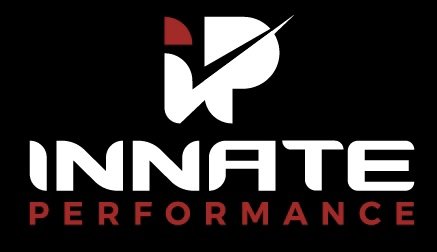Rethinking "Functional" in Fitness: Beyond the Buzzword
Hello again, Curtis here. The fitness industry loves its buzzwords, with "functional" leading the pack. But what does it really mean to be functional? If you've followed our journey at Innate Performance, you know we're all about debunking myths and taking a deeper dive into what truly matters in fitness and rehabilitation.
The Misguided Quest for "Functional Wizardry"
In my early days as a trainer, I, too, was caught up in the quest for "functional wizardry," seeking out exercises that mimicked daily activities in the belief that these were inherently superior. This phase, while enlightening, eventually gave way to a deeper appreciation for the vast array of tools and techniques at our disposal. Each piece of equipment, from the simplest dumbbell to the most complex machine, holds potential value when used with intention and understanding.
Everything is a Tool: Context is Key
The heart of functional training lies not in the tools themselves but in how we apply them. A leg extension machine, often criticized for being too isolative to be "functional," can be a powerful ally in targeting the quadriceps and tendons with precision. For individuals focusing on hypertrophy, performance enhancement, or rehabilitation, such specificity is not just beneficial but necessary.
This perspective shifts the focus from the equipment to the outcome. Whether we're using machines, free weights, or bodyweight exercises, the question is always the same: How can this tool best serve the individual's needs?
Defining Functionality: The Individual's Goals Take Center Stage
True functionality transcends the binary of "functional" vs. "non-functional" exercises. It recognizes that the most effective training programs are those tailored to the individual's specific goals, abilities, and circumstances. What's functional for a professional athlete might be entirely different from what's functional for a weekend warrior or someone recovering from injury.
In this light, adding constraints or assistance to an exercise isn't a workaround; it's a sophisticated strategy for achieving targeted outcomes. It's about making the exercise fit the individual, not forcing the individual to fit the exercise.
Bridging the Divide: Beyond Right and Wrong
The debate over functionality has, unfortunately, fostered a divisive culture within the fitness community. This dichotomy of "right" vs. "wrong" exercises overlooks the vast middle ground where most training occurs. The reality is that functionality is fluid, context-dependent, and deeply personal.
Instead of drawing lines in the sand, let's embrace a more inclusive approach to fitness. Let's recognize that every exercise has its place, provided it aligns with the individual's goals and is executed with proper form and intention.
The Path Forward: A Call to Action
As we move beyond the limitations of the term "functional," let's commit to a more holistic, nuanced approach to fitness. Let's use every tool at our disposal with wisdom and purpose, always keeping the individual's needs at the forefront of our decision-making.
So, to my fellow fitness professionals and enthusiasts: Let's redefine what it means to be functional. Let's celebrate the diversity of training methods available to us and recognize the unique value each brings to our collective pursuit of health and performance.
And to everyone embarking on their fitness journey: Remember, the most functional exercise is the one that brings you closer to your personal goals. Let's not get bogged down by labels. Instead, let's focus on what truly matters—progress, health, and the joy of movement.
Now, go get functional, my friends—in every sense of the word.

